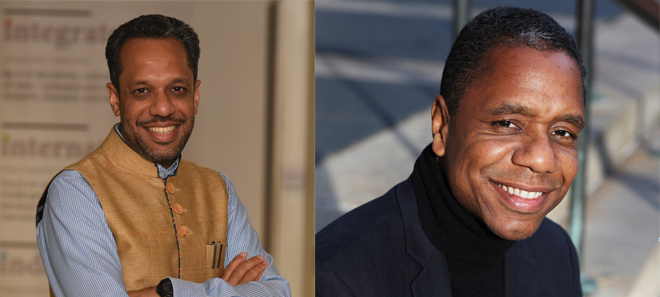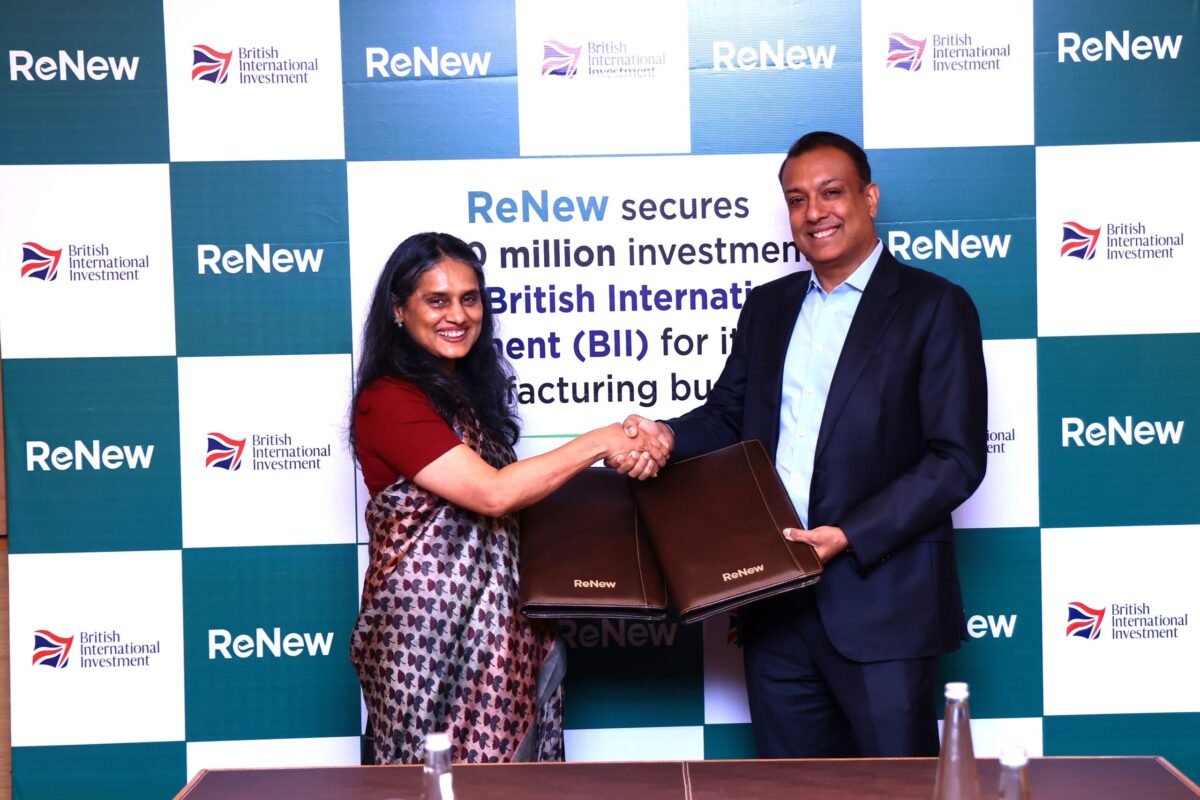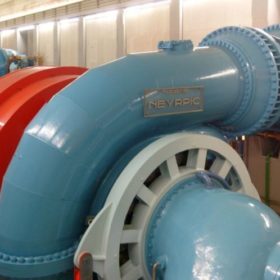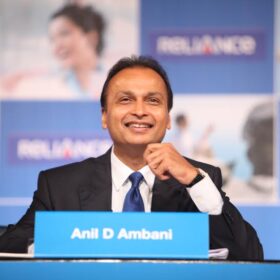Two key issues emerge:
First, the investment required to meet India’s clean energy goals is large. Bloomberg NEF estimates this figure to be around US$80 billion. An even greater amount of financing – over $800 billion according to estimates – is needed to achieve India’s 2030 commitments under the Paris Agreement: reducing greenhouse gas emissions by 33% to 35% below 2005 levels and achieving 40% of installed electric power capacity from non-fossil sources by 2030. Accessing finance to accelerate India’s clean energy transition is a critical need that goes well beyond the levels currently provided by traditional sources.
Secondly, raising sufficient funds is crucial for underserved clean energy segments, such as rooftop-solar, new technologies, and off-grid applications. For instance, rooftop solar has reached only 1.2 GW of installed capacity as of 2018, well below the 40 GW by 2022 target. So far, finance in the renewable energy sector has largely been extended to utility-scale projects or, in the rooftop segment, to large developers with creditworthy commercial and industrial customers.
Policy leaders and decision makers can lead the way to the next generation of clean energy solutions, such as battery storage, electric vehicles, and solar-wind hybrid technologies to establish local “bankability” to increase comfort for lenders. Without policy initiatives addressing risk perceptions of investors, financing may not keep pace with government targets and consumer demand.
This is where “Green Windows” can help.
Green Windows
Public financial institutions, like the Indian Renewable Energy Development Agency Limited (IREDA), are important providers of loans. However, to be more effective in mobilizing the quantum of capital necessary, especially for smaller-scale projects, these institutions must go beyond lending to focus on bringing in new sources of capital to underserved and emerging market segments by developing their own “green window.”
Green windows are envisioned as new facilities hosted by existing green lending institutions, offering technical assistance and innovative catalytic financial solutions, such as guarantee mechanisms and strategic co-investments to expand the types and number of investors that are actively participating in clean energy markets.
Three main components of a Green Window
Building on the international experiences with green funds (also called “green banks”), each green window would have three main components:
- First, each green window would have a clear mandate to mobilize additional commercial capital to expand the clean energy market within the purview of the relevant financial institution. It would supplement and deepen the clean energy-related technical, financial, and market-building capacities of its host financial institution;
- Second, each green window would have access to a dedicated pool of low-cost capital, either directly or through the host financial institution, to be used for implementing risk mitigation products (e.g., first or second loss credit guarantees). These products would catalyze investments by domestic and international investors. To ring fence green window capital and protect the host institution’s balance sheet, the green window could be set up as a trust or other appropriate special purpose vehicle. Host institutions benefit by earning dividends from fee income.
- Third, each green window would be evaluated by the host institution on its ability to increase commercial investment in its targeted subsectors.
In this way, green windows can help improve the status quo for an inclusive clean energy transition.
Ahead of RE-Invest 2018, MNRE, IREDA and other key institutions, with support from the Council on Energy, Environment and Water (CEEW) and the Natural Resources Defense Council (NRDC), have deliberated on the value, need, and process of establishing such green windows. Establishing dedicated green windows in public financial institutions, such as IREDA, NABARD and SIDBI could be a transformative strategy to energize the underserved segments of the clean energy market.
India can become the largest clean energy market in the world to operate on market-friendly principles, and RE-Invest 2018 is an opportunity to showcase that potential to the world. However, attractive low-cost finance will be crucial to meet India’s renewable energy ambitions and climate commitments. Opening green windows would not only boost the pace of India’s clean energy transition, but could also ensure that it is inclusive.
By Arunabha Ghosh, CEO of the Council on Energy, Environment and Water (CEEW) and Douglass Sims, Director of the Center for Market Innovation at the National Resources Defense Council (NRDC).
The views and opinions expressed in this article are the author’s own, and do not necessarily reflect those held by pv magazine.
This content is protected by copyright and may not be reused. If you want to cooperate with us and would like to reuse some of our content, please contact: editors@pv-magazine.com.








By submitting this form you agree to pv magazine using your data for the purposes of publishing your comment.
Your personal data will only be disclosed or otherwise transmitted to third parties for the purposes of spam filtering or if this is necessary for technical maintenance of the website. Any other transfer to third parties will not take place unless this is justified on the basis of applicable data protection regulations or if pv magazine is legally obliged to do so.
You may revoke this consent at any time with effect for the future, in which case your personal data will be deleted immediately. Otherwise, your data will be deleted if pv magazine has processed your request or the purpose of data storage is fulfilled.
Further information on data privacy can be found in our Data Protection Policy.